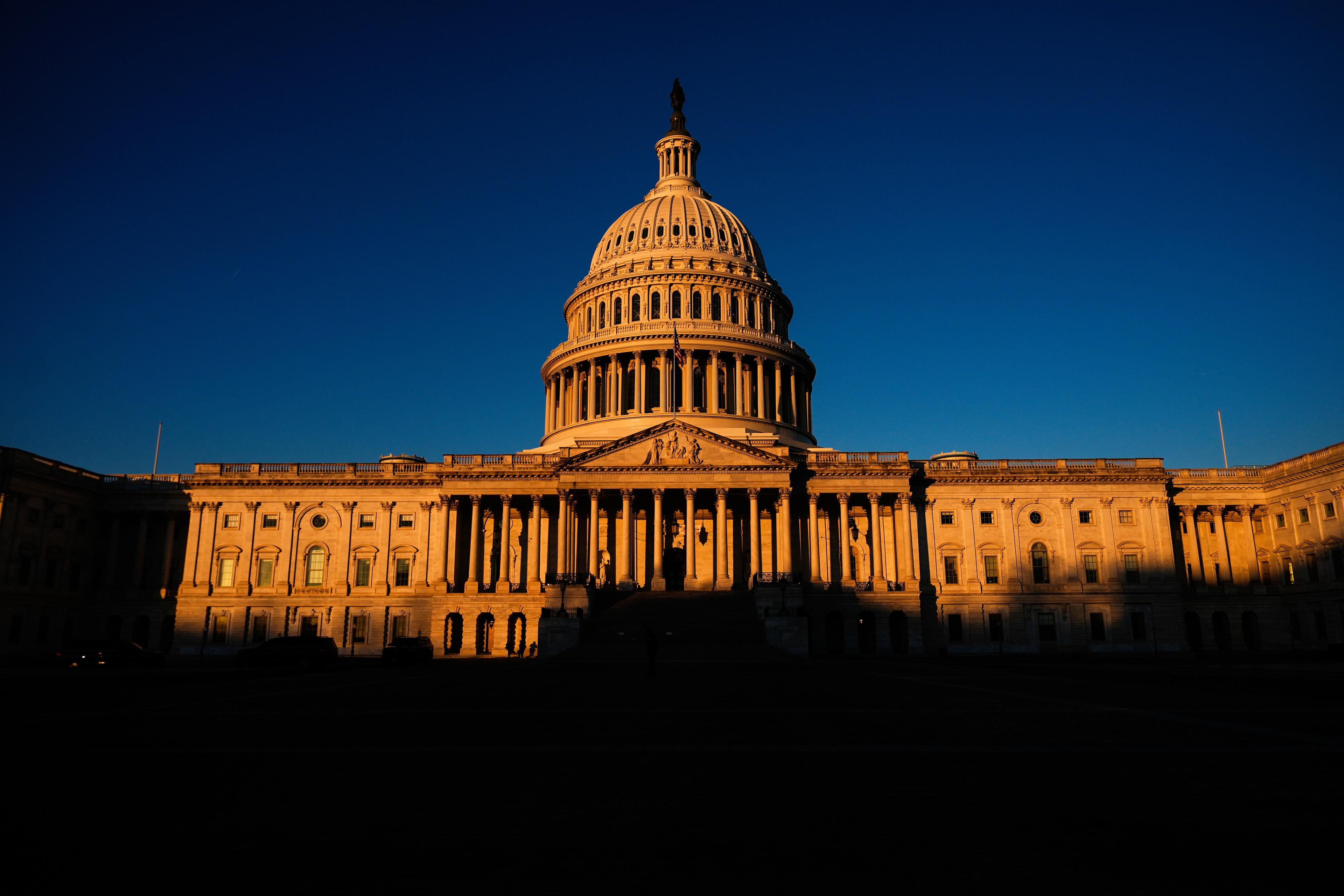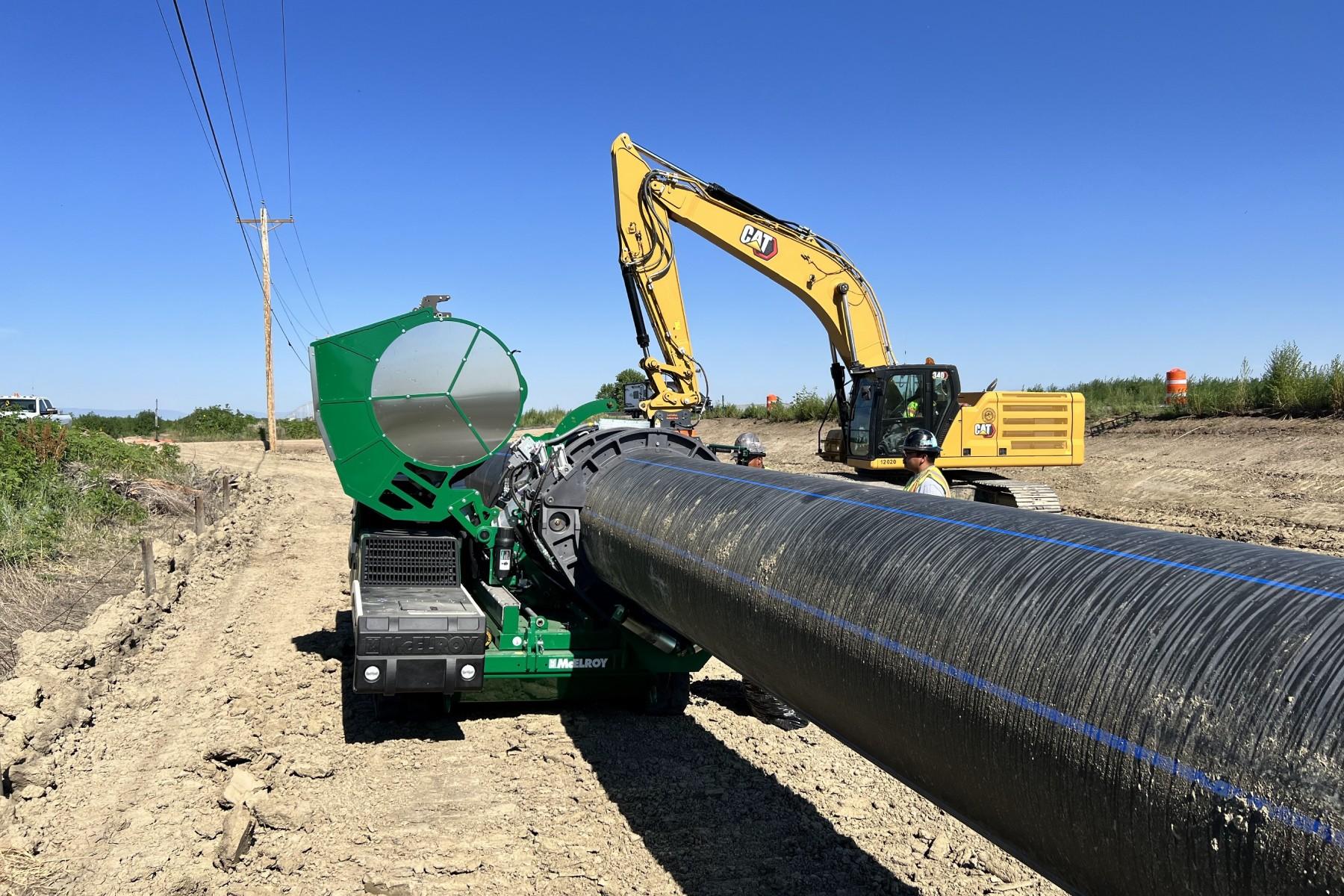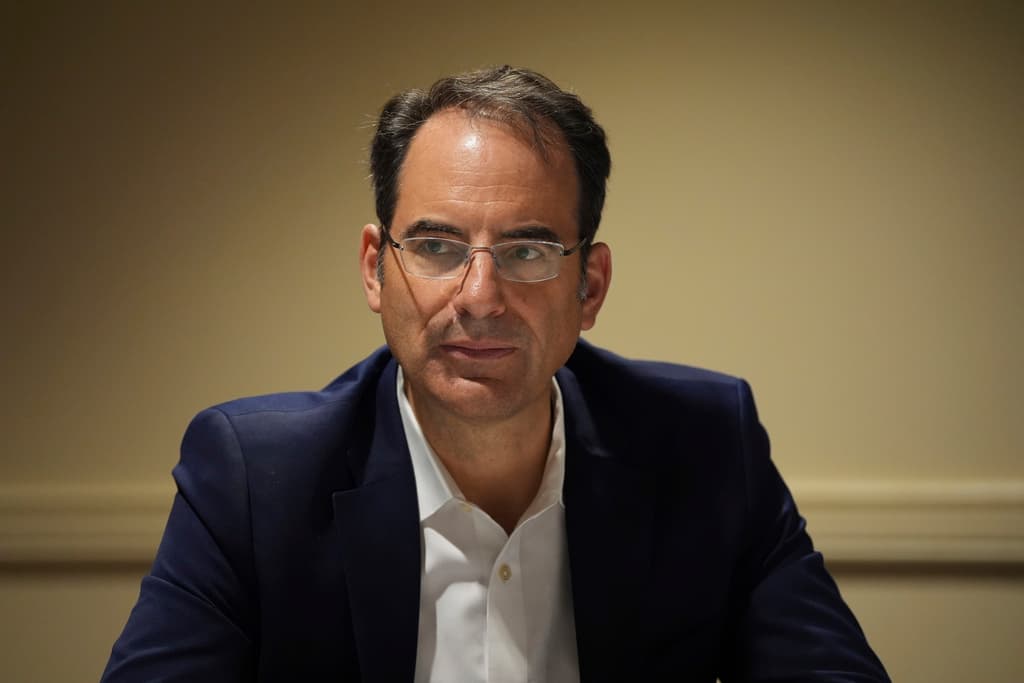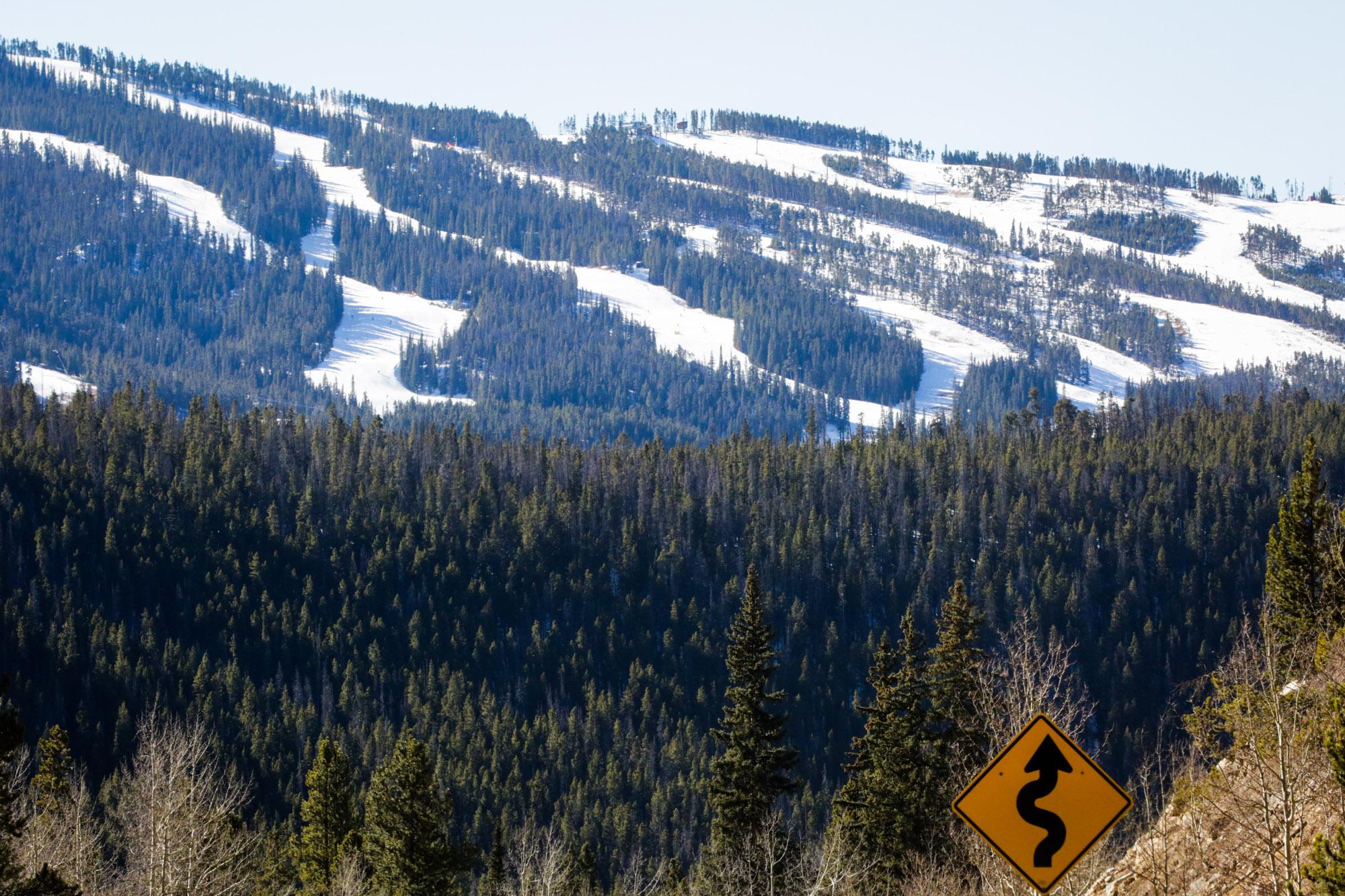
Elaine Westblade graduated from Denver’s South High School in 1943 — the year the Allies turned the tide in World War II. The Nazis had surrendered to the Soviets at Stalingrad, the U.S. and England were bombing the German homeland and the invasion of Italy was underway.
Now, when Westblade comes back to South, she likes to visit a bronze plaque that lists students who died in the war
“Charles Blaha and Robert Bessey were real good friends of mine,” she said, looking at their names. “It was just heartbreaking to know that they were killed so young in life.”
Westblade wants today's students to understand what it was like to be at South during the war. So for the last five years, Westblade and a small group of other residents of Clermont Park Retirement Community have participated in a living-history lesson for students. Westblade didn’t serve in the military, she instead offers a perspective on life on the home front while U.S. troops were overseas.
Time, though, has taken its toll on the group.
Of the eight original WWII veterans in the cohort, only three made it to the event this year. Organizers expect that they will have to include Korean War vets next time. The decline mirrors a national trend. The Department of Veteran Affairs estimates that there are around 650,000 veterans who served only in WWII alive today. That’s almost half the number who were alive in 2013.
The 2017 10th-grade history classes at South still heard first-hand accounts of the war. When it was her turn to speak, Westblade told students how the government rationed everything from sugar to nylon hosiery.

It was Meindert Bosch, another South High alum, who took students back to his experience in a unit of anti-aircraft gunners in Europe. Telling the story came with some physical difficulty for the 96-year-old. The microphone shook in his hand because of a tremor in his right arm, and an oxygen machine punctuated his sentences with short puffs. Despite those challenges, students leaned in to hear him describe how the Germans fired V1 rockets on his troop location.
“What we were alert to was when that rocket would stop and drop,” he said. That’s when he and the other soldiers would hit the ground and wait for an explosion. Luckily, the early flying bombs weren’t accurate and only killed one member of his unit.
Bosch also shared a story about an elderly refugee he met during the invasion of Europe. His unit had made the man’s home into a makeshift headquarters. When the man returned from a refugee camp, he didn’t criticize the soldiers for taking his house. Instead, he told Bosch there were only two things he wanted in life: a home to call his own and the ability to come and go as he pleased.
“That speaks to freedom everywhere,” Bosch told the students.
When it came time for the South 10-graders to ask questions, Zavian DeSoto wanted to know how the group would summarize their memory of the war.
“The unity of the United States,” said Westblade. “We were all working together for one cause.”
DeSoto later said that Westblade’s answer made a big impression on him. Unity, as he thought about it, comes down to a need for people “to come together as a community and make sure everyone is safe and has what they need."
He sees the same spirit of unity at South, where students have taken on the task of building a community out of an incredibly diverse student body. Over 70 countries are represented at the school. He said students check in with each other so that everyone feels like they belong — no matter their race or religion.
Kathy Stone, the teacher who organized the event, said those sorts of lessons show the value of hearing about the past from the people who lived it. It’s a chance, she said, for kids to see “that history is flesh-and-blood — and that they’re making history right now, too.”








